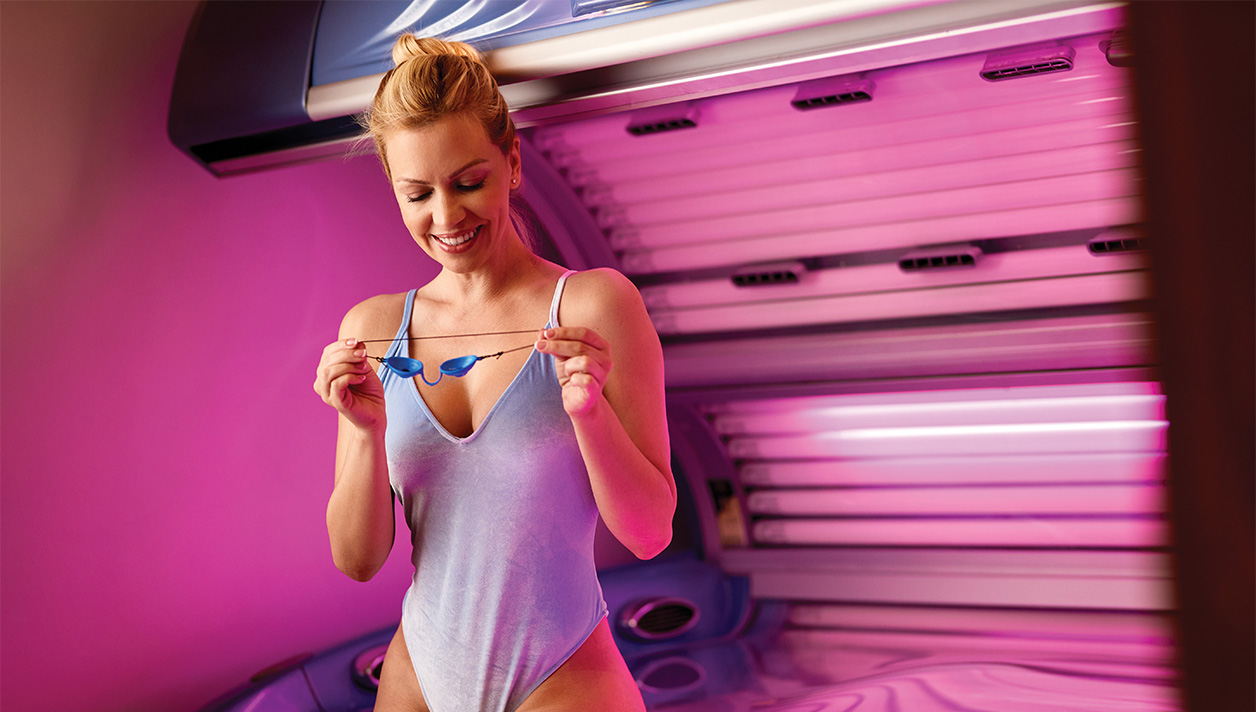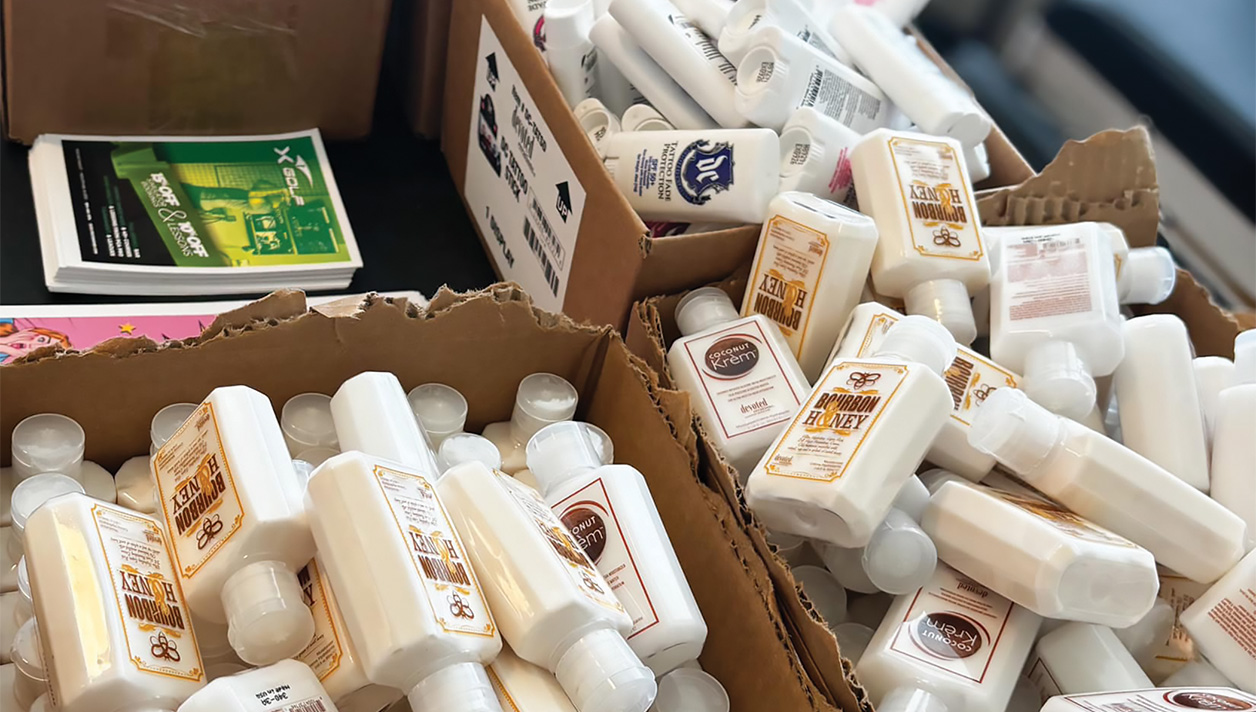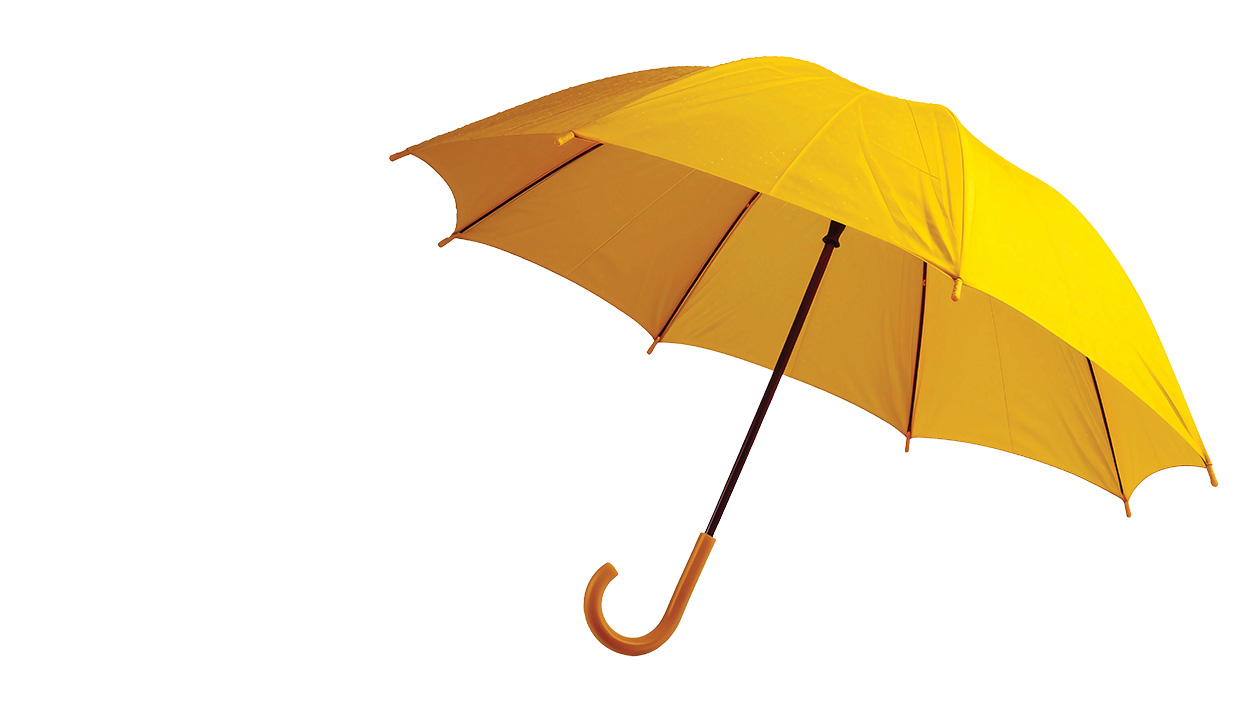[gap height=”15″]
For many years, Bruce Williams has provided PC Tan salon customers with top notch technical support as one of the industry’s most knowledgeable resources when it comes to “everything equipment.” For more years than I’d like to admit, I’ve consulted with him seeking technical support. He knows not only his own company’s equipment, but also has a great working knowledge of practically everyone else’s. If he doesn’t know the answer right off, he’ll search his database of technical info to find it.
[gap height=”15″]
I recently caught up with Bruce to pick his brain on a variety of topics that can certainly provide some assistance to both newbies and industry vets, alike. I hope that you enjoy this interview as much as I did asking the questions!
[gap height=”15″][gap height=”15″]
IST: Bruce, your industry background leans toward the technical side. While this is more of a sales-related question, it leads directly into equipment and service. Without giving a biased response (thank you, in advance), what should salon operators evaluate when looking to buy a new sunbed?
[gap height=”15″]
BW: The distributor and the product are both vital to business success. Research reliability and dependability for both – years of sales and service experience, as well as the company’s business practice and reputation. Longevity in business is a sign that they must be doing something right. Should a first-time buyer evaluate anything differently than a veteran salon owner? No bias intended, but PC Tan, formerly PC Marketing, has been in the U.S. tanning market advising owners of salons large and small for decades. Joe, it makes no difference – I would encourage the same exercise for any operator, whether new or not.
[gap height=”15″][gap height=”15″]
IST: Let’s move to delivery. After weeks of reviewing company references, competitive beds and prices, a salon owner makes an equipment choice. The purchase is made, and delivery specifics and tracking info are provided to the owner. Sunbeds numbering in the thousands have been shipped for years without a problem; but, what if the bed arrives damaged? What steps should the salon owner take?
[gap height=”15″]
BW: These days, most folks have phones with cameras that taken exceptional pictures. Video is also an excellent tool for documenting damage. It’s better to take too many than not enough. And, be especially careful about how you sign the bill of lading (BOL). Even if pictures are taken, “Damage Notation” must be written on the BOL – otherwise, the claim can be refuted. Then, contact the shipper and notify them of the damages and provide a copy of damages noted on the BOL.
[gap height=”15″][gap height=”15″]
IST: Great advice! Which leads into the next question – about lamps. I’ve heard that shipping them is like shipping eggs. But outside of shipping, what sets a quality lamp apart from a “good deal” product?
[gap height=”15″]
BW: Typically, most F71 100W lamps will last about 1,000 hours, but of course, a lot of the longevity depends upon the salon environment. Well-cooled, quality lamps tend to last longer and have higher, more consistent UV output. “Good deal” product is usually based on price alone and of course, as the saying goes, you get what you pay for. The same shipping/damage parameters that I outlined above pretty much apply to lamps, as well.
[gap height=”15″]
IST: Bruce, I’m usually frugal to a fault. I don’t like to waste money and try to do many things myself, but don’t ask me for plumbing tips! Once a new bed is purchased, should salon operators pay for professional installation or do it themselves?
[gap height=”15″]
BW: Joe, I strongly suggest hiring the professionals. Today’s beds are much different than they were when you started in the tan biz. It’s much better to entrust installation to someone who does it for a living than to someone like your brother-in-law, who may have the best intentions, but not a clue on the technical aspects of today’s tanning systems. Also, new regulations may also require testing controls and reporting.
[gap height=”15″][gap height=”15″]
IST: Okay, so what about installing new lamps? Pay for it or DIY?
[gap height=”15″]
BW: Joe, I believe that if you can do it, you should change your own lamps. So, yes – if they are capable, salon operators can perform lamp-changes. However, they need to pay special attention to high-pressure, quartz-type lamps that should be installed wearing gloves to protect the glass surface from oils in the skin on their hands. If oil gets on the glass, it can cause it to prematurely fail. If that sounds bad, well, it is! Don’t install or even touch these types of lamps without wearing gloves.
[gap height=”15″][gap height=”15″]
IST: I just saw you look at your watch, so I know it’s time to round up this interview. Here’s one more: Salons are right in the middle of the season and the beds are getting a lot of use. What should we be doing for preventive maintenance right now?
[gap height=”15″]
BW: Proper cooling of tanning systems is essential and not difficult to do. Check cooling fans and blowers, and units with air-filtration need to be checked for dust build-up. Vacuum the tanning rooms often! The filters collect a lot of the dust and debris and need to be cleaned and replaced regularly to ensure operating temps remain cool.
[gap height=”15″]
IST: Bruce, thanks for spending some quality time with our readers and thanks for the tips. I wish you many more years of success at PC Tan!
























